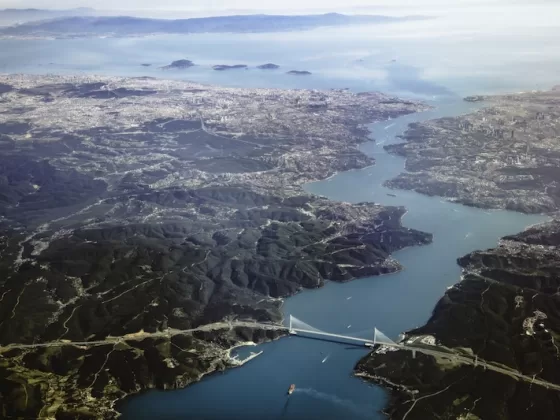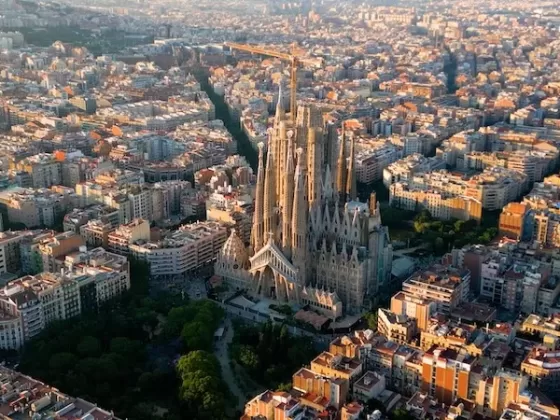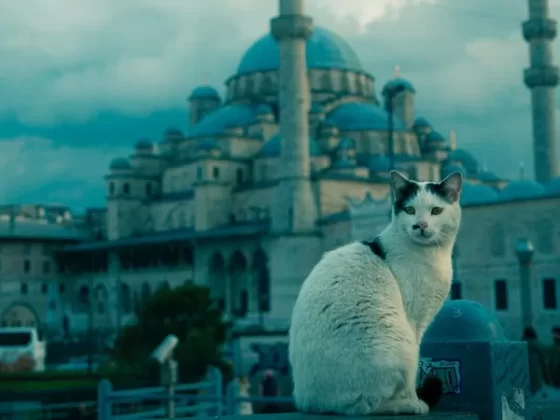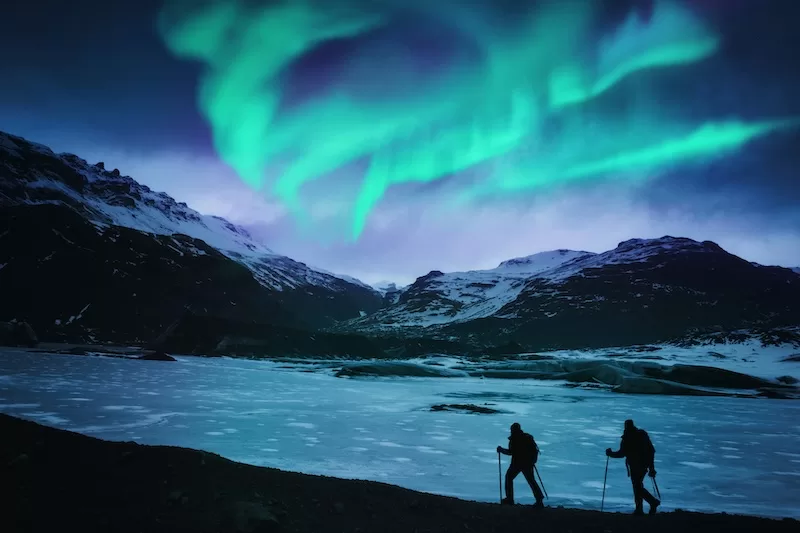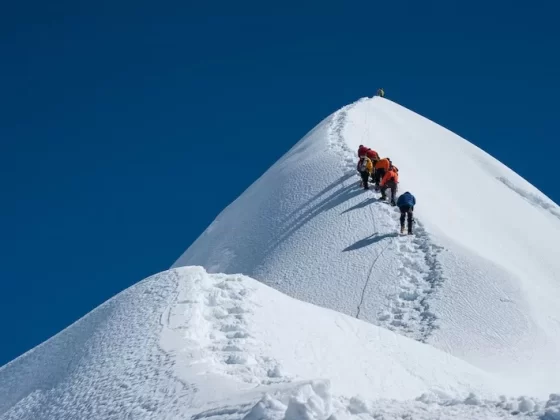I bought the cabin for $7,500 from a guy on Craigslist. He was a tugboat captain. His name was Tony. Here’s why.*
* Why I bought the cabin, not why Tony was a tugboat captain or why he was named Tony. I assume because he liked tugging boats and because his parents liked the name, but it’s anyone’s guess. Except for Tony. He probably knows.
I was in my midtwenties and experiencing what felt like a sort of quarter-life crisis. People all around me, people I thought were my friends, were going off and doing ridiculous things like getting careers and advanced degrees, husbands, wives, kids, dogs, and other accoutrements of the heavy-responsibility genre. They knew what Roths and IRAs and 401(k)s were, or at least they knew enough to know that wondering what those things were was something to be concerned about. And here I was, thinking that we had all agreed to get through college, or at least those years when one might go to college, and then just sort of hang out forever and eat pizza and watch The Simpsons. It had seemed like a good plan, but no one else was holding up their end of the bargain. I had no idea what I wanted.
I was living in Seattle, trying to be a writer. But it wasn’t working out. I’d gone to college. At one point, there was a plan to become a doctor. Instead, I double majored in anthropology and history. It’s hard to imagine an educational shift more perfectly suited to destroying a person’s job prospects. After graduating, I wandered. I spent six months in Patagonia, a month in Colombia. Rarely did I receive mail for more than a year at the same address. I worked at random jobs—a bartender, a sandwich delivery person, a sushi busboy. Out of those wanderings and a social science education, I’d landed on a dream of becoming a gonzo journalist travel writer–type person. Think Hunter S. Thompson meets Paul Theroux and Anthony Bourdain. I wanted to hunt down bizarre stories and wild characters, mostly because it seemed like a surefire way to fuel an endlessly intriguing day-to-day life. Apparently, however, those jobs are not easy to come by. Instead, I’d sit at my laptop and fire off story pitches to editors who couldn’t have cared less. Jobs were few and far between. The pay was terrible. The reality was a constant, stressful, demoralizing struggle.
At the time, the girl I was dating announced that she was looking to buy a house. It was an idea that seemed absurd to me, considering the closest I had ever come to qualifying for a mortgage was getting approved to finance a DVD player from Best Buy. Her confidence in tackling the task made me question how unbelievably out of my league she was.
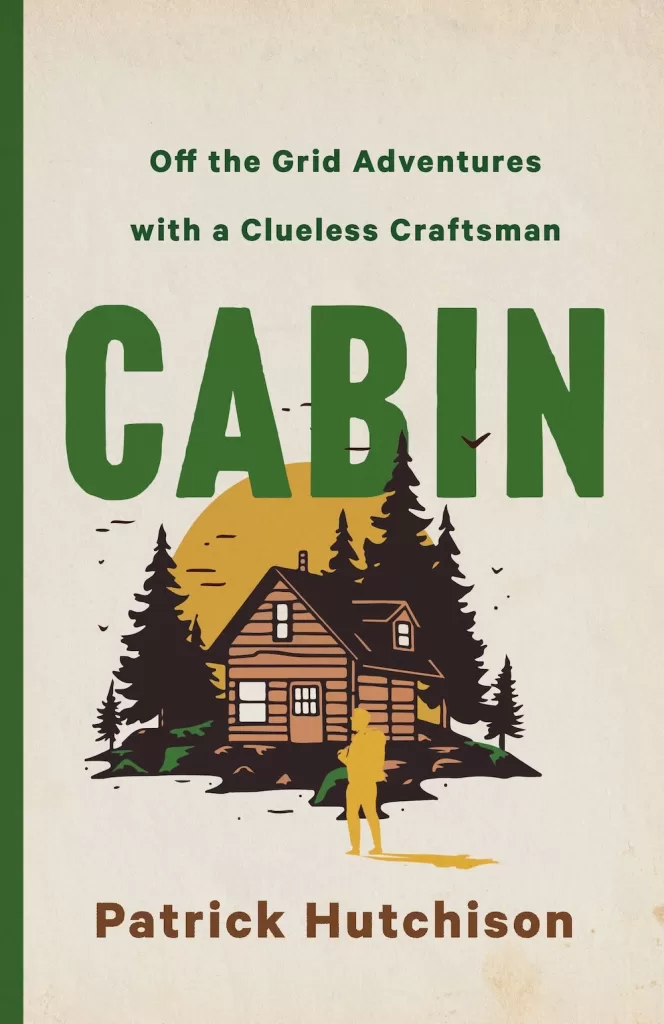
I’d never seen the house-buying process before. It was astounding. It reeked of responsibility with all its forms and appointments and phone calls and emails and bank . . . stuff. It dawned on me that a real estate purchase might be an ideal solution to my problem. For two solid weeks, I reveled in telling folks that I was “looking into buying a house” when they asked how things were going. It was marvelous, but the dream was short-lived. As it turned out, while I could afford a house, I could not afford any house within a zip code I was familiar with. It was 2012, and Seattle-area home prices were the lowest they had been in more than a decade. There could not have been a more affordable time to buy a house, but I was nowhere near being able to do so.
Outside of Seattle, there were options. I’d sit at my computer, zooming out farther and farther until I saw listings that matched my “financial profile.” They were far from the city. Far from traffic and streetlights. They were in farmlands and river valleys, and still farther yet, they were nestled in the foothills of Washington State’s Cascade Mountains.
Read more like this: Surviving the American Frontier
One night, in the early fall of 2013. I was on Craigslist looking for ads featuring any one of a number of items that had been stolen from our house during a recent burgling. Having no luck, I returned to the search bar and, on a whim, typed in “cabin” and hit Enter. The inquiry had the sophistication of an eleven-year-old typing “boobs” into Google. It was just as effective.
My eyes locked onto the top result: “Tiny Cabin in Index.” I knew Index. The little outpost hemmed in by brutally beautiful mountains consisted of a shabby mini-mart, whose shelves of dust-covered beans and out-of-date camping equipment never seemed to change, a small coffee shop, whose open sign was always illuminated even though the door was always locked, and an adventure rafting company that offered guided trips down the Skykomish River. Index was a last chance to stock up on ice or a few cases of cheap beer before diving deeper into the mountains. But it wasn’t the town’s name that drew my attention to the ad. It was the picture and the price. The simple, tiny cabin was set against a backdrop of moss-laden trees. Only ten by twelve feet, it looked more like a big chicken coop than anything else. Nestled into the forest, the cabin begged for someone to cozy up the inside, light a fire, take a slug of whiskey, and let the world drift away, all for the price of a used Hyundai. They were asking $7,500.
I sent an email immediately, requesting more info and a visit as nonchalantly as possible, so as not to appear overeager. When I heard from the owner the next afternoon, the reply was quick and equally casual:
Yeah, that’s no problem. The key is above the door. It’s the fourth place on the left up on Wit’s End Pl.
The owner’s name was Tony. He seemed about as concerned about the place as a dog is about climate change. I told him I might go check it out, if I had time. I didn’t want him to think I was desperate, didn’t want him to know that within twenty minutes of receiving his message, I was speeding northeast, feverishly trying to cut out of the urban sprawl of Seattle before armies of tech workers swarmed the highways on their commutes home. By three o’clock, I had made it to U.S. 2, a two-lane, east-west corridor that roughly followed the Skykomish River as it wound down from the Cascades to Puget Sound.
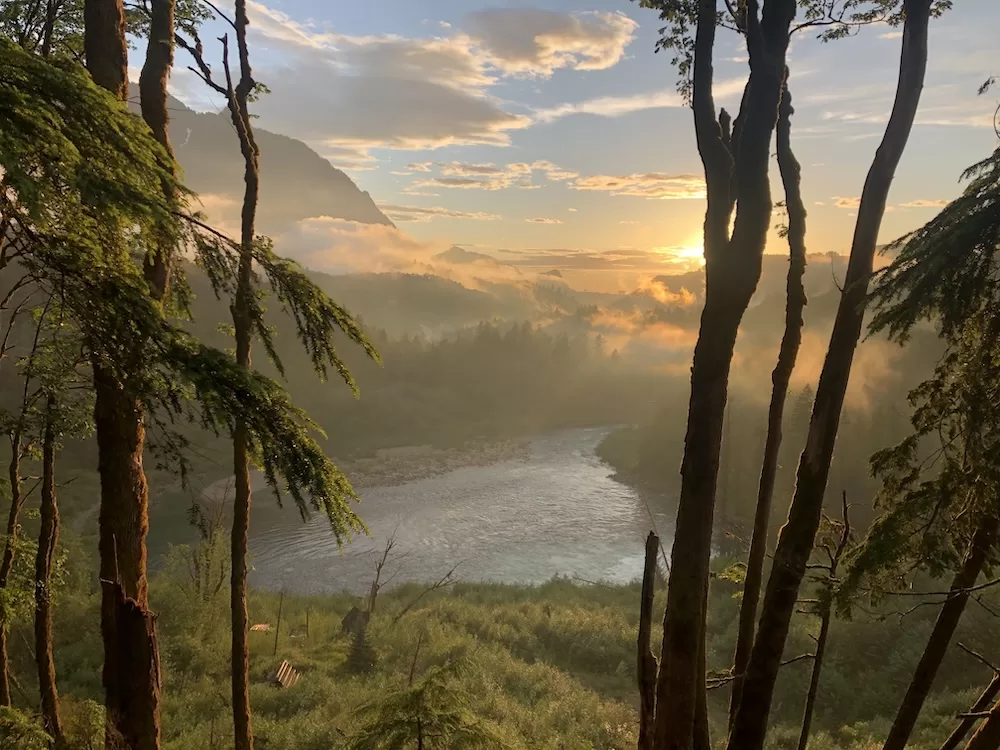
It didn’t take long for the landscape to begin shifting as I made my way east. The chain restaurants and clogged intersections gave way to one-light towns and rolling farmland. An hour after I left, the road aligned with the wide banks of the Skykomish River, flecked by the occasional retiree in full waders casting a line. I passed through Sultan, Startup, and Gold Bar, a trio of tiny places that were all too easy to mistake for one another.
It seemed too good to be true that I wasn’t driving through but diving deeper into those woods. I could only imagine what sort of picture-perfect cabins and cottages would be tucked along the river here, built by those who wanted to complement the surrounding environment rather than impose themselves on it.
The directions seemed fairly clear. When I took a right off the highway, I started getting excited. Crunching over a well-maintained gravel road, I slowly cruised along a winding drive that paralleled the river. Up and over a small hill, a homemade arch welcomed me to the Mount Index Riversites.
Until that point, I had seen an odd structure here and there, a few cabins, nothing out of the ordinary. Here, though, deeper in the community, a different type of neighborhood began to emerge. There were piles of rusted car components being overtaken by thick clumps of blackberry vines and muddy driveways packed with vehicles that clearly hadn’t run in decades. Around one corner, I came across a large cleared lot with the charred remains of several RVs. Police tape still clung to some of the tree branches. It was hard to imagine any explanation other than a thriving meth business that had met an explosive end.
I drove to the end of the road, where it finished with a big loop that had me soon heading back out. I’d passed by several road signs, but none that were close to sounding like Wit’s End. I checked my phone, which hadn’t had service since pulling off the highway, and checked the directions again. There were no additional hints to help me out. Without reception and with no desire to knock on the door of one of the many nightmares that surrounded me, I decided to turn back and head home, asking Tony for better directions or simply abandoning the prospect altogether.
Wit’s End rose up a steep hill. Although the streak of abandoned structures continued here, there was a subtle difference. These were tiny cabins. Most were simple, the sorts of things more likely cobbled together by weekend warriors rather than full-blown construction companies. They resembled the kind of sheds that you’d see falling apart in the parking lots of Home Depot or Costco. Granted, there was far more character to these simple getaways. Little chimneys poked up from cedar shake roofs, ornamental stained glass windows provided pockets of vibrant color, and well-worn decks offered views toward the river and mountains. Though the overgrown driveways and weed-filled gutters indicated they weren’t regularly occupied, they still felt tidy. They did not feel like the hideouts of a ne’er-do-well. They felt like forest refuges, clearly well loved at one time or another even if now they seemed forgotten.
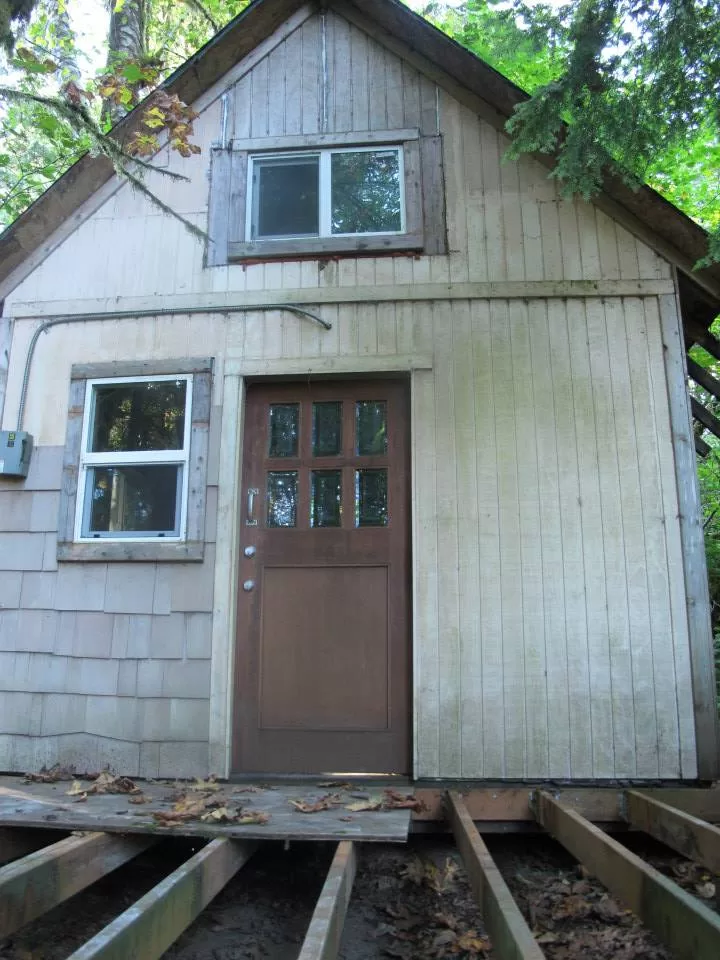
My station wagon came over the top of a hill, and I counted the third cabin. Just beyond, over a steep drop to the left, the corrugated metal roof of a tiny structure sat cloaked in dried bits of moss and a red-brown blanket of fallen maple leaves. I parked in the middle of the road near the closest thing the cabin had to a driveway, a slightly cleared mud pit with a few patches of salmonberry bushes. Turning the car off, I hopped out and took in the scene.
I stood there for a moment, savoring the anticipation of weekends spent with friends, crisp fall days burning leaves, long summer nights by the river, cozy winters huddled up inside, big snow, deer, bears, drinks, smoke, fire, wood, axes, sweat, tears, laughter. The structure was already a lifetime of memories and I hadn’t even taken a step toward it.
In person, it felt bigger. The steeply pitched roof was rusty, but seemed solid. Neatly arranged cedar shakes covered some of the exterior. The rest was some kind of cheap exterior paneling, with little grooves cut out to mimic the aesthetic normally provided by actual boards. Though the windows looked almost brand-new, the remainder of the cabin appeared to be cobbled together from miscellaneous spare parts. In front, the skeleton of a deck waited to have its top filled in. A few pieces of rotten plywood served as a substitute in the meantime. On the small ledge above the cabin’s only door, my fingers pushed through a curtain of cobwebs to find a key. Curiously, there was no knob; two dead bolts held the heavy door in place. The key turned easily in each lock, and the door swung open, though not all the way.
About a third of the way into its swing path, the bottom of the door caught against the floor, indicating that either the door, or the floor, or both, were not level. The inside smelled like a good scotch, wet earth, and punky wood, which didn’t bode well for the hopefully dry interior of a house or cabin. Even with three windows, there was not much light inside. The floor was mostly dirty plywood. In the corner were scraps of even dirtier linoleum. Some of the walls were covered haphazardly with cedar boards that had at one point been painted a shade of pink whose name, if you were to come across the swatch at a hardware store, would likely be Pepto Bismol but Gray Somehow. Where the walls weren’t covered, exposed hunks of pink fiberglass insulation hung loosely from within the cabin’s framing.
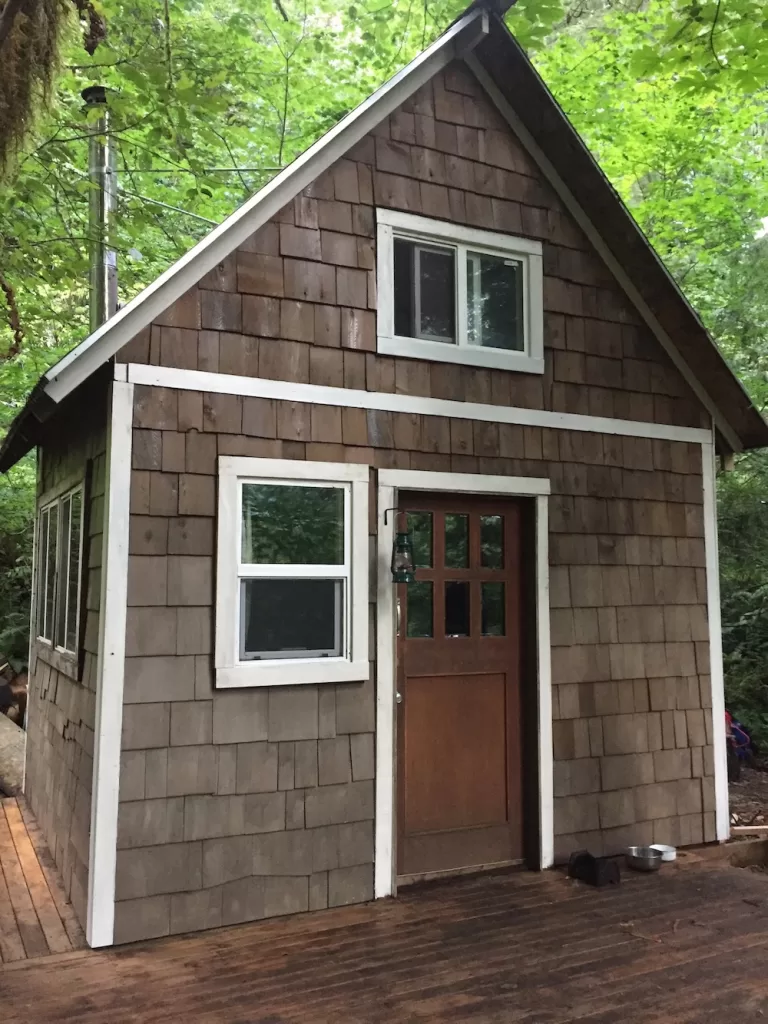
Back on the main level, I tried to picture where things might go, what work might have to get done. New flooring, new wall coverings, and fixing the door or the floor or both for starters. I’d need to cover the deck, figure out a place to poop, and fill in the swamp of a driveway. That was just off the top of my head. In reality, it was a dark, musty, disgusting hole. There were spiders everywhere, skittering around the floor like extras in a Godzilla movie. It was the sort of place where you wish your shoes had shoes. There was no electricity, no water, no plumbing, no wires, no bathroom, no lights, no Wi-Fi, no cell service. If you counted gravity and rain, the total number of utilities would have been two. It was a wooden box with a roof and a door. It was perfect. Like a new parent with a hideous baby, my eyes glazed over the flaws. At that moment, I only saw what I wanted.
Weeks later, I would see the holes in the floor. I would see that not a single support beam was level or straight. I would see the gaps in the siding. The rotting rim joist failing to support an entire corner of the cabin would eventually catch my eye, and a militia of mosquitoes would soon welcome me to the neighborhood. But I noticed none of it then. I didn’t see that there were signs of a leaking roof or of a rampant mouse infestation. I overlooked the swamp of a driveway and the tetanus-riddled loft and the old wood and the bent nails. Instead, I saw the flushed faces of friends after a day of snowshoeing. I saw boots drying by a woodstove and a pot of soup warming on the fire. I saw summer days, the car filled with new wood, a trunkful of tools. I saw only potential, and I saw a version of myself that was capable of making it better. Not great, necessarily, but better. Most importantly, for the first time in a while, I felt the pull of something a bit bigger, a grand pursuit, a thing to dive into that was different and new and exciting. I could buy a cabin and fix it up. Why not?
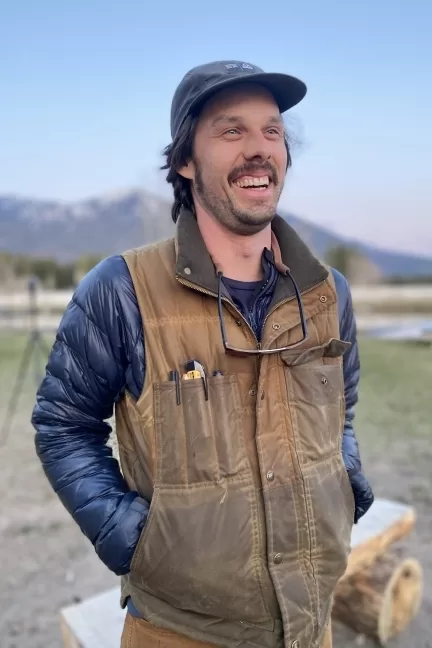
As I locked up the door and replaced the key, a new wave of anticipation began to grow inside me, one that obscured the meth houses and scrap-filled yards from my vision on the way out. Instead, my eyes belonged only to the waterfall, the trees, and the mountain, and I took them all in while wondering how much a circular saw might cost.
——————
Excerpted from CABIN: Off the Grid Adventures with a Clueless Craftsman by Patrick Hutchison © 2024 by the author and reprinted by permission of St. Martin’s Press. You can follow Patrick on his website or on Instagram, and you can purchase a copy of the book here.



